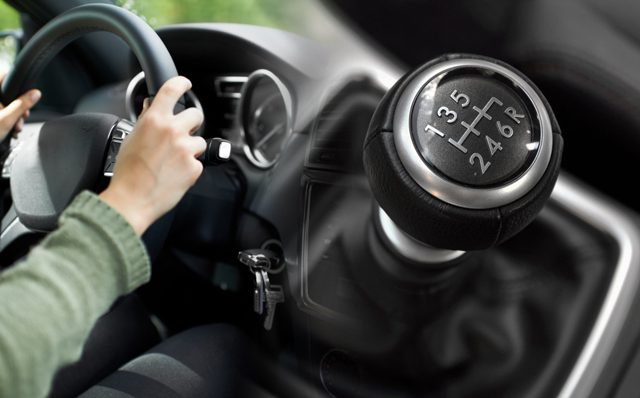Driving a manual car can seem daunting, especially for beginners who have never operated a clutch or shifted gears. Even though automatic cars are becoming more popular, many people still drive cars with manual transmissions, and knowing how to drive one can be very useful. Starting with professional manual driving lessons helps beginners build the essential skills and confidence needed to master clutch control and gear shifting smoothly.
If you’re a beginner considering learning in a manual vehicle, it helps to understand what to expect, the key skills involved, and how to set yourself up for success. Here’s everything you need to know before you begin your manual driving journey.
What Makes Manual Driving Different?
The main distinction between manual and automatic cars lies in how the gears are managed. In a manual, the driver uses a clutch pedal and a gear stick to change gears, whereas in an automatic, the car does this for you. This introduces an additional level of coordination and complexity that can be difficult for some students at first but rewarding once mastered.
Manual driving gives you greater control over your vehicle, especially in terms of power and speed. It is also advantageous for individuals who intend to travel to regions where manual cars are more prevalent or more cost-effective to rent or purchase.
Key Skills You’ll Learn
- Clutch Control: One of the first and most essential skills to master is controlling the clutch. This involves finding the “biting point” where the car begins to move forward when the clutch is partially engaged. Learning to balance the clutch with the accelerator prevents stalling and ensures smooth takeoffs.
- Gear Shifting: A key component of learning to drive a manual is knowing when and how to shift gears. This includes upshifting as you gain speed and downshifting when slowing down or approaching a turn. You’ll learn how to listen to the engine and feel the car to know the right time to change gears.
- Starting On Hills: Although they can be frightening for novices, hill starts are an essential component of manual training. You’ll be taught how to use the handbrake and clutch together to avoid rolling backwards and to start smoothly on an incline.
- Stalling Recovery: Every beginner will stall the car at some point, and that’s okay. You will learn from instructors how to maintain composure, restart the car, and drive confidently again. Over time, stalls become less frequent as your coordination improves.
What To Expect In Your First Lesson?
Your first lesson typically begins in a quiet, low-traffic area to help you get comfortable with the controls. You’ll spend time getting to know the pedals, practicing clutch control, and moving the car slowly at first. Don’t expect to be driving at high speeds or making complex maneuvers right away—manual instruction is usually more gradual than automatic.
As you progress, your lessons will cover more advanced scenarios like navigating roundabouts, handling traffic, and performing hill starts or reverse parking.
Overcoming Common Fears
Being anxious about learning to drive a manual car is quite normal. Many beginners worry about stalling, rolling backward on hills, or getting flustered in traffic. The key is consistent practice in a supportive environment. You can feel more at ease and confident with every lesson if your teacher is patient with you.
The beauty of manual instruction is that it helps learners become more engaged with their driving. You’ll develop a better sense of how the vehicle responds and how to manage it under various conditions.
Tips For Success
- Wear The Right Shoes: Thin, flat-soled shoes help you feel the pedals better and control them more precisely.
- Stay Relaxed: Your coordination may be impacted by arm or leg tension. Take a deep breath and focus on one thing at a time.
- Practice Regularly: The more often you practice, the faster your muscle memory will develop.
- Ask Questions: If there is anything you are unclear about, don’t be afraid to ask your instructor to clarify or repeat.
Final Thoughts
Manual driving may seem challenging at first, but with patience and practice, it becomes a smooth and instinctive process. Manual driving lessons offer the structure and support needed to master this skill efficiently. Whether you’re aiming to drive overseas, gain full control of your vehicle, or simply take on a new challenge, learning in a manual car opens the door to a more connected and confident driving experience.



